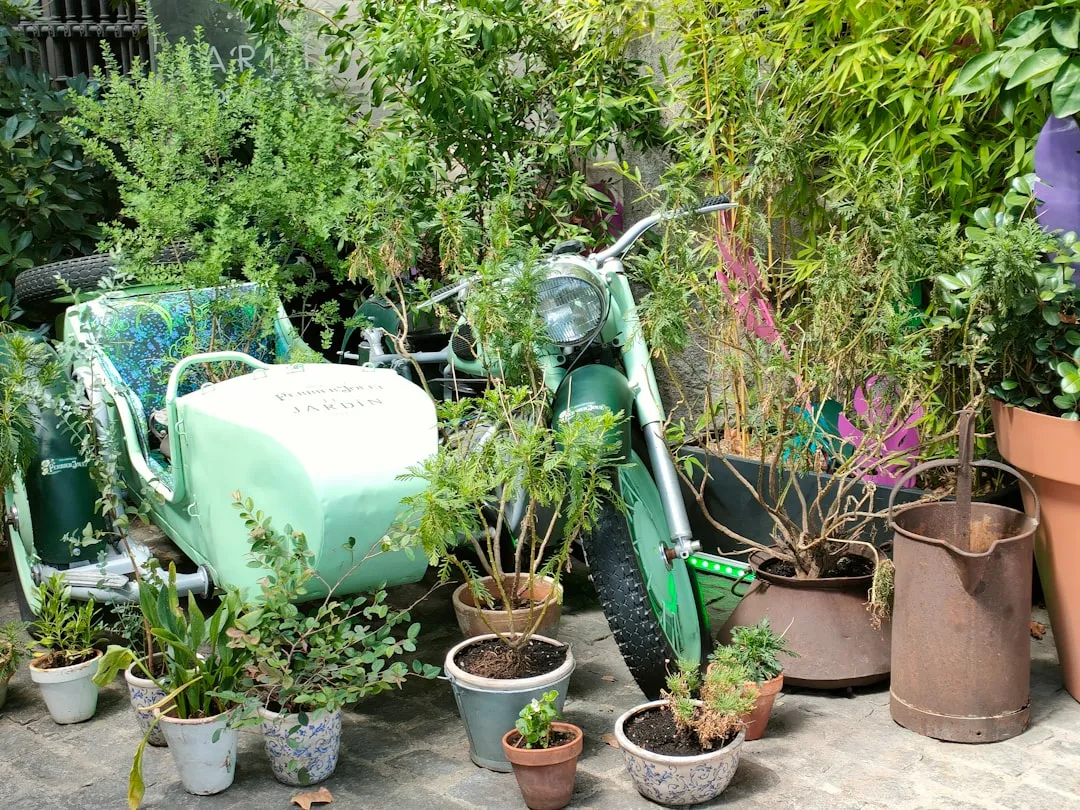Unveiling the Secrets of Thriving Venus Flytraps Indoors

Indoor gardening has become a popular pastime, allowing plant enthusiasts to bring a touch of nature into their living spaces. Among the many fascinating houseplants, the Venus flytrap stands out as a unique and captivating specimen. This carnivorous plant, native to the wetlands of North and South Carolina, has evolved to capture and digest insects as a source of nutrients. However, growing a Venus flytrap indoors requires special care and attention to ensure its health and vitality.
### Understanding the Venus Flytrap
Before diving into the care tips, it's important to understand the basic biology of the Venus flytrap. This plant has specialized leaves that form a trap, which is triggered by the movement of insects. When an insect lands on the trap and touches one of the sensitive hairs inside, the trap snaps shut, trapping the insect inside. The plant then secretes digestive enzymes to break down the insect and absorb its nutrients.
### Choosing the Right Location
One of the most important factors in growing a Venus flytrap indoors is choosing the right location. These plants require plenty of sunlight to thrive, so it's best to place them near a south-facing window or under a grow light. However, direct sunlight can be too intense for the plant, so it's important to provide some shade during the hottest part of the day. A sheer curtain or a shade cloth can help filter the sunlight and protect the plant from damage.
### Providing the Right Soil and Water
The Venus flytrap is a carnivorous plant that requires a specific type of soil and water. These plants grow in acidic, nutrient-poor soil, so it's important to use a soil mix that is specifically formulated for carnivorous plants. You can also make your own soil mix by combining sphagnum moss, perlite, and sand. When watering your Venus flytrap, it's important to use distilled water or rainwater, as tap water contains minerals and chemicals that can harm the plant.
### Feeding Your Venus Flytrap
As a carnivorous plant, the Venus flytrap requires a diet of insects to survive. However, it's important not to overfeed the plant, as this can cause the traps to become damaged or infected. You can feed your Venus flytrap small insects, such as flies, mosquitoes, or ants, once every two to three weeks. To feed the plant, simply place the insect on one of the traps and wait for it to snap shut. You can also use a pair of tweezers to gently place the insect inside the trap.
### Maintaining the Right Humidity
The Venus flytrap is a plant that requires high humidity to thrive. In its natural habitat, the plant grows in wetlands, where the humidity is constantly high. To maintain the right humidity level for your Venus flytrap, you can place the plant on a tray filled with water and pebbles. As the water evaporates, it will create a humid environment around the plant. You can also use a humidifier to increase the humidity level in the room.
### Pruning and Propagating Your Venus Flytrap
Pruning your Venus flytrap is an important part of its care. You can prune the plant by removing any dead or dying leaves or traps. This will help the plant focus its energy on growing new leaves and traps. You can also propagate your Venus flytrap by dividing the plant or by taking leaf cuttings. To divide the plant, simply remove it from its pot and gently separate the roots into two or more sections. To take leaf cuttings, simply cut a leaf from the plant and place it in a pot filled with moist soil. Keep the soil moist and the cutting in a warm, bright location, and it should root within a few weeks.
### Troubleshooting Common Problems
Like any plant, the Venus flytrap can experience a variety of problems. Some of the most common problems include yellowing leaves, blackened traps, and fungal infections. If you notice any of these problems, it's important to take action immediately to prevent the problem from getting worse. You can treat yellowing leaves by providing the plant with more sunlight or by adjusting the watering schedule. You can treat blackened traps by removing the affected traps and by providing the plant with more humidity. You can treat fungal infections by using a fungicide or by improving the air circulation around the plant.
In conclusion, growing a Venus flytrap indoors can be a rewarding and challenging experience. By following these tips and providing the plant with the right care and attention, you can keep your Venus flytrap thriving for years to come. So, if you're looking for a unique and fascinating houseplant, consider adding a Venus flytrap to your collection.